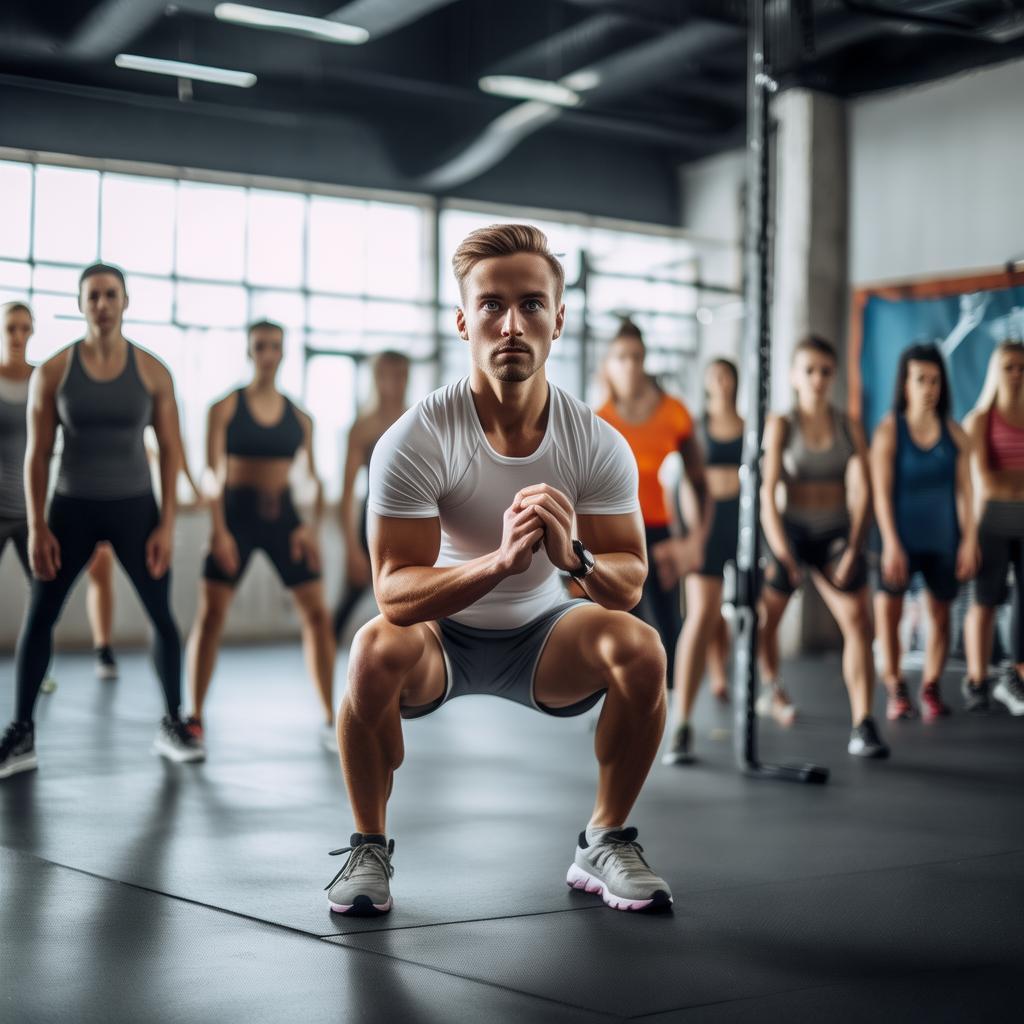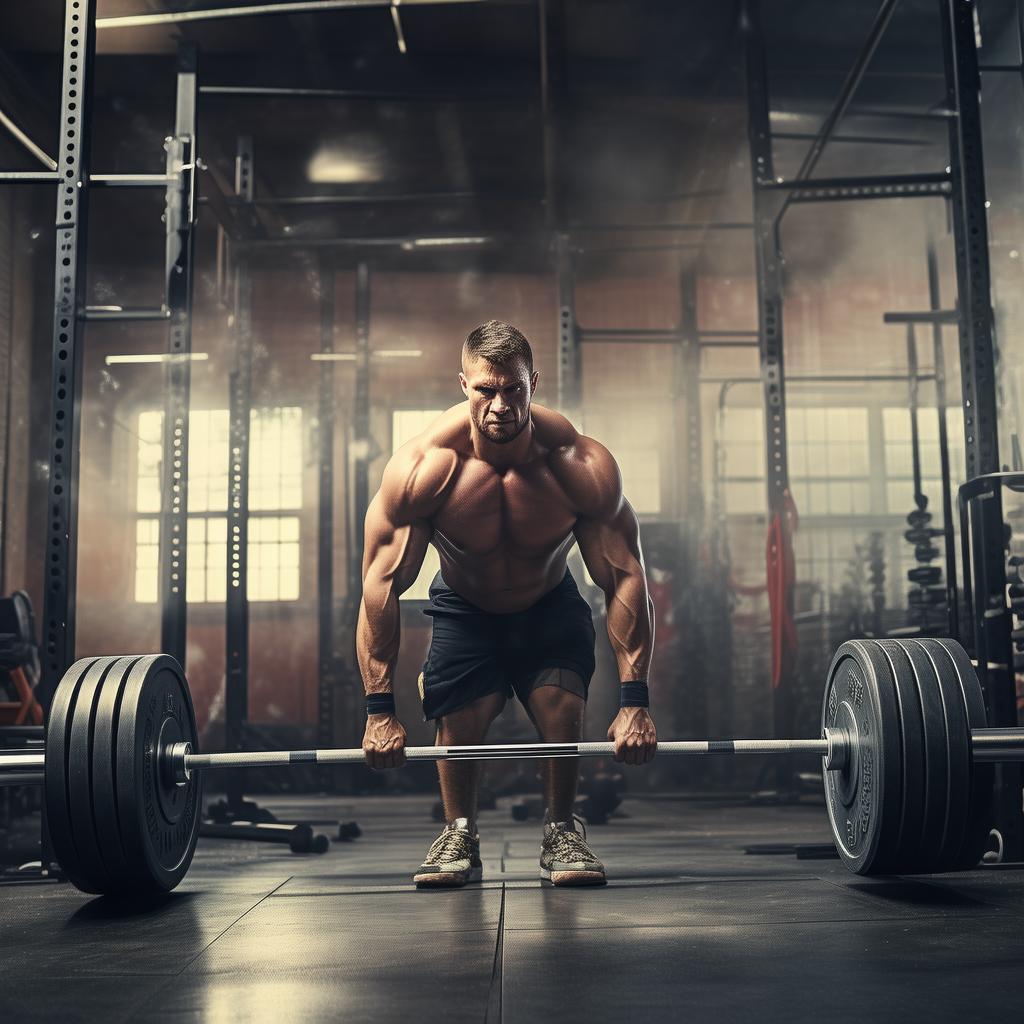Introduction: The Dilemma of Squat Depth
In the gym, it’s a common sight to see people performing “shallow squats” with hefty weights on the smith rack or just idly “shaking” their legs. This approach is not only ineffective but also more likely to cause injuries. It naturally raises a crucial question: how deep exactly should one squat? Whether it’s when lifting a heavy – load or just doing a regular squat, what depth should we aim for?
The Significance of Deep Squats
The deep squat is an outstanding exercise. No matter what your training goals are, regular deep – squatting can help you reach them more quickly. The self – weighted squat is excellent for overall conditioning, while the barbell squat is one of the best ways to train the quadriceps, gluteus maximus, and hamstrings. Athletes across almost all sports do deep squats to enhance their running and jumping performance. It’s also the first movement in a weightlifting competition, highlighting its importance in testing and building leg strength.
Determining the Squat Depth
When it comes to squat depth, the common saying is “butt to floor”, and in the gym, it’s often said to squat until the hamstrings touch the calves and go as deep as possible. However, not everyone can or should squat to this maximum depth. There are several factors that play a role in determining the appropriate squat depth:
1. Height and Leg Length
Generally, taller lifters find it more challenging to squat deeply compared to shorter ones. Longer femurs and torsos mean the weight has to travel a greater distance and is farther from the base of support (the feet), increasing the leverage and difficulty. Adopting a wider – than – normal squat stance can partially ease this problem, but it also has a downside: it may reduce stress on the quadriceps and increase the load on the adductors or inner thighs.
2. Hip Flexibility
Tight hip muscles can limit your deep – squat depth. Tight hamstrings, which cross and wrap around the knee and hip joints, can physically prevent the hips from flexing during a squat. If you try to squat deeper, you might experience a “hip wink”, which is the lowering of the pelvis and rounding of the lower back. Hip inflexibility and the “hip wink” can lead to injuries, especially when squatting with heavy weights, as the rounding of the lower back increases pressure on the discs and spinal ligaments, which can be difficult to heal and may even require surgery in some cases.
3. Ankle Flexibility
A tight and stiff ankle can have a significant impact on deep – squat depth. When the calves are tight, the heels will lift off the ground when squatting deeper than parallel, making the body unstable, reducing the weight that can be lifted, and preventing deeper squats. Some lifters wear high – heeled weightlifting shoes or step on a barbell piece or plank with their heel to solve this problem, but these are just temporary fixes. The best solution for tight calves limiting deep squats is stretching.
4. Types of Deep Squats
If you want to squat deeper, certain variations are more suitable. The barbell front squat and kettlebell squat are ideal for fluid and deeper squats. The high bar squat, where the bar is placed on the upper trapezius, comes in second. These types of squats keep the body upright, facilitating deeper squats. In contrast, the low bar squat, where the barbell is placed lower on the shoulders, promotes forward leaning of the body, which is great for weightlifting but not for deep – squatting, and it’s popular in powerlifting.
5. Knee Condition
The knee is a synovial hinge joint, with two bones covered by smooth, tough, clear cartilage and lubricated by synovial fluid. Synovial joints are prone to wear and tear, which can affect range of motion. If you’ve been training for a long time or are older, your knee joint may not be able to handle deep squats. Also, a previous knee injury may make deep squats impossible or unadvisable.
6. Too Much Weight
Many exercisers don’t squat deep enough when lifting heavy weights. They think that a shallower squat means the weight doesn’t move as far and can be done more times, but this is often self – deception. Squatting deeper with lighter weights usually works better. The only exception is when training to improve vertical jump performance, as half – range squats have been shown to be effective for this purpose.
7. Reasons for Deep Squatting
The ideal deep – squat depth depends not only on anatomy and physiology but also on individual training goals. Weightlifters usually only need to squat until their thighs are parallel to the ground, as squatting deeper is a waste of energy and reduces the weight they can lift. Olympic lifters, on the other hand, need to do deep squats during the snatch to get under the bar and lift heavier weights. Bodybuilders and general trainers focus on results, and to a certain extent, a shallow, heavy squat can be as effective as a deep, light squat in terms of muscle stimulation. However, since range of motion is important for muscle growth, very shallow deep squats should generally be avoided.
So, How Deep Should You Squat?
If you’re a weightlifter, it’s essential to squat to the correct depth (thighs parallel to the floor) for lift counting. If you can’t reach this depth, you need to work on hip and ankle flexibility. Bodybuilders and general trainers should squat as deep as possible without a “hip wink”, checking their pelvis in the mirror and stopping the movement before the buttocks retract. Most lifters should be able to achieve a depth where the thighs are close to parallel to the ground. If not, flexibility training or reducing the squat weight may be necessary.
Remember, there’s no need to force a full squat if you can’t or don’t want to. Squat as deep as you can to achieve your goals and minimize the risk of injury. Don’t cut your reps short, but also don’t squat so deep that you feel overwhelmed, as a back injury from a “hip wink” could prevent you from doing deep squats altogether.





